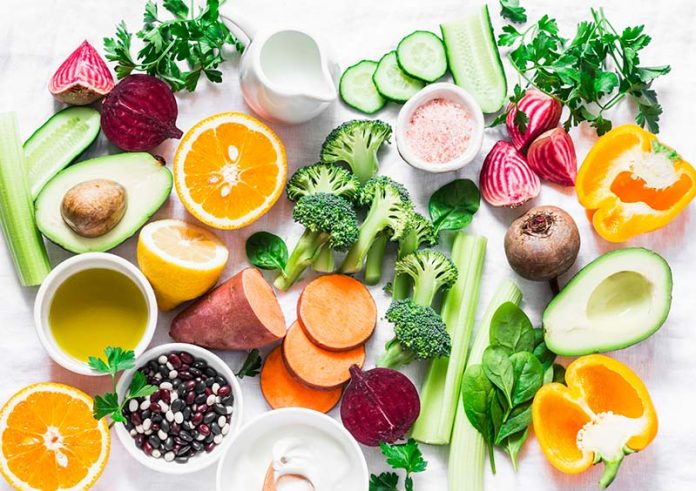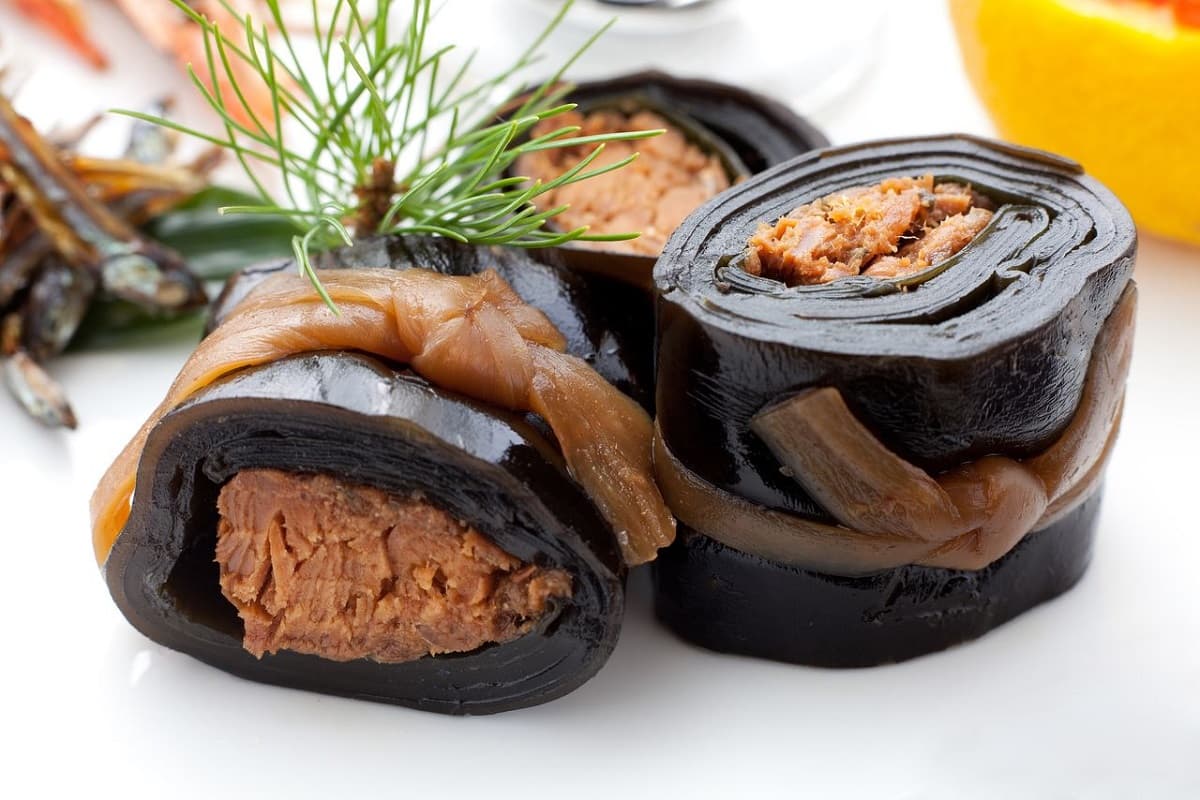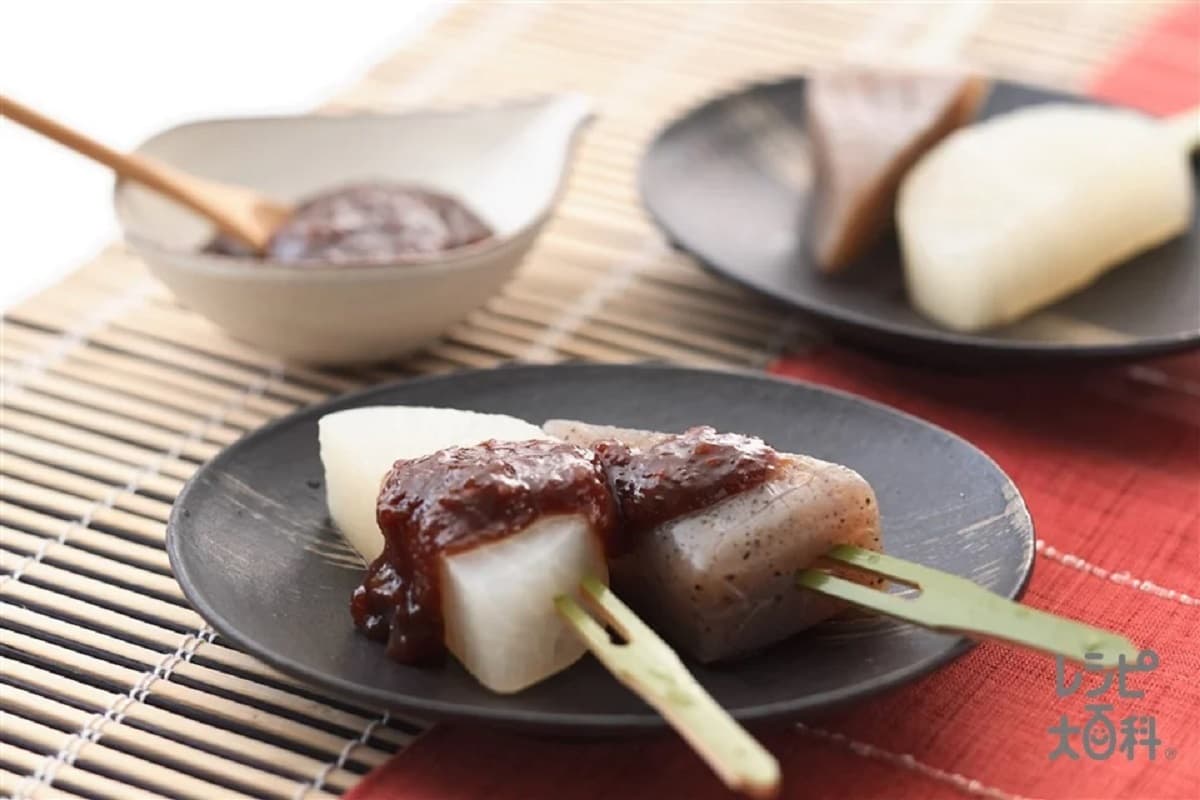Aside from the unique tastes and strong sense of culture and history that define Japanese cuisine, it’s also important to note how much emphasis is placed on the quality and freshness of the ingredients. Specifically from the veggies, but also from the meat, grains, herbs, and spices. Because Japanese vegetables are an essential component of Japanese cuisine and play a significant role in it. What are the most popular vegetables in Japan, then? You can find the answer in the article that follows.
Top 15+ Amazing Japanese Vegetables
The majority of the vegetables used in Japanese cuisine were introduced to the Japanese in the 16th century from Europe and mainland Asia, therefore they are not completely native to Japan. Nevertheless, even these veggies are now a part of Japanese cooking and are common ingredients in many households and eateries.
Different Japanese vegetables list is shown below. Since some of these vegetables are genuinely quite appealing, figure out which ones are currently a part of your diet and which ones are likely to catch your attention.
1. Konbu
You may get konbu, an edible kind of kelp, fresh or dried. Konbu and katsuobushi (bonito flakes), which are soaked in water to unleash their rich umami qualities, are used to make the most basic type of Japanese soup stock (dashi). Dry seafood, such as scallops and sardines, can be steeped with other savory ingredients, such as dried soybeans and shiitake mushrooms, to produce a richer form of dashi.
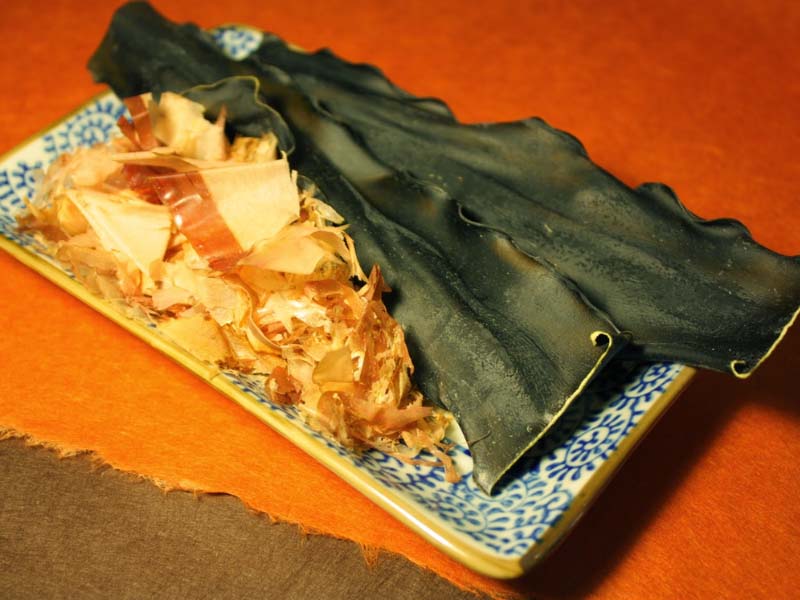
2. Nagaimo (Japanese mountain yam)
The only yam that may be eaten in its raw state is the nagaimo, also known as Japanese mountain yam. It has a mild flavor. It is often made by soaking it in acid and then grating it into a slimy paste (Tororo) that gives udon noodles or rice texture.
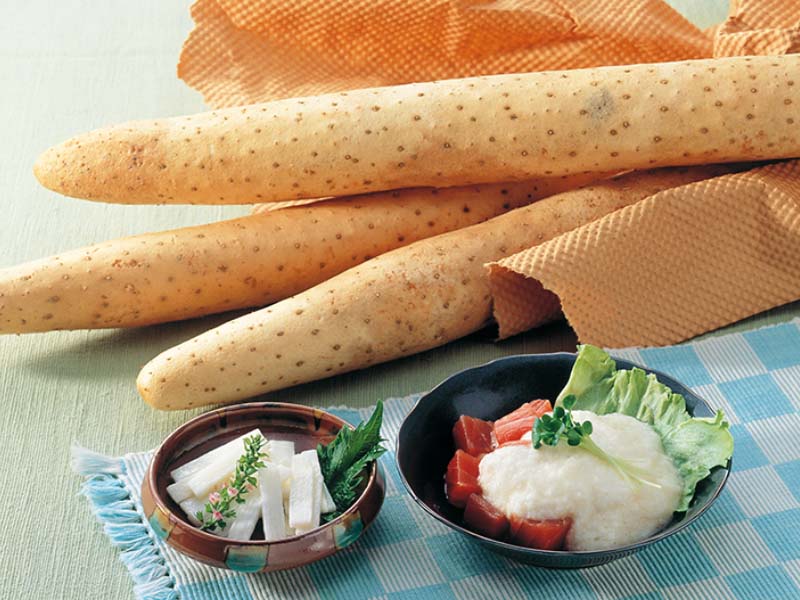
It has high quantities of amylase, which helps the body break down starchy meals. In addition, Japanese vegetables – nagaimo have vitamin C, minerals, and protein. Its diastase content aids in enhancing liver function and aiding digestion.
3. Shiitake
This mushroom, which typically develops on fallen hardwood tree trunks, has an umbrella-shaped cap and an earthy odor. The mushroom adds a wonderful umami taste to savory foods. Shiitake acquires a meaty texture and silky smoothness after cooking. When cooked in broths, soups, or stir-fried with meat or vegetables, it offers a beautiful buttery finish.
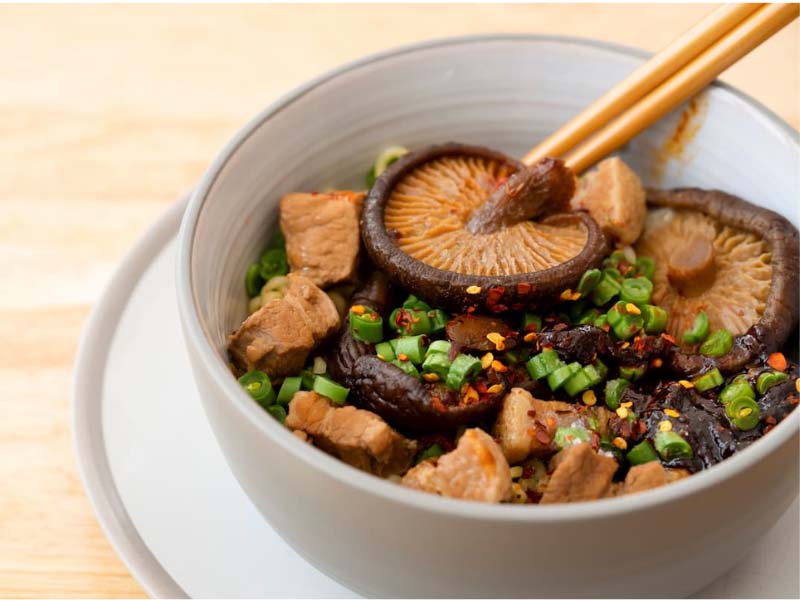
>>> Read more: 10 common types of Japanese seaweed
4. Kabocha (Japanese pumpkin)
A variety of squash called kabocha is similar to pumpkin in flavor but is regarded as being a little sweeter. These gourds have a strong, dark green exterior that when opened reveals a vibrant orange hue. One of the most essential Japanese vegetables during the chilly winter months is kabocha. It is usually consumed to commemorate the Winter Solstice or the shortest day of the year.
The most popular method to eat kabocha is kabocha purin, a sweet pumpkin pudding, or by boiling it in sugar and soy sauce. Don’t throw away the skin since it is completely edible and as excellent when cooked! In addition, it is a well-liked Japanese vegetable tempura dish.
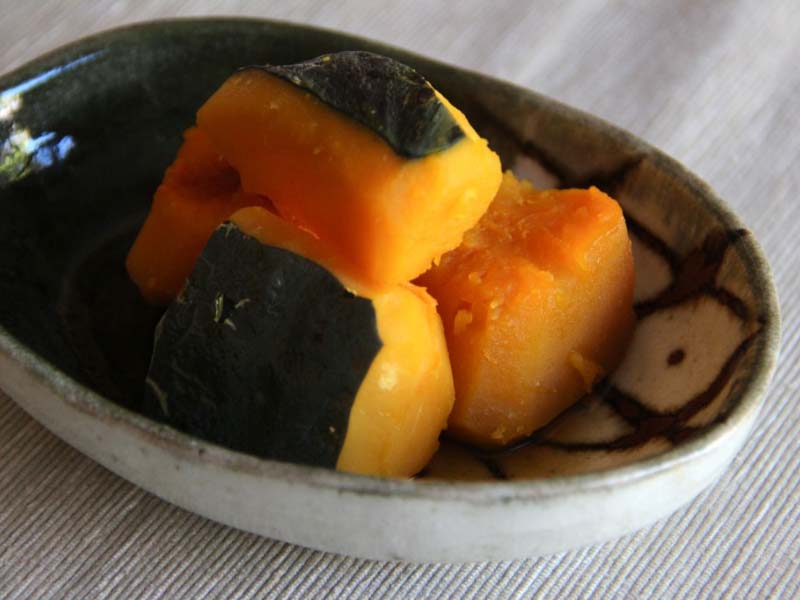
Kabocha is used in salads both chopped and mashed. Beta carotene and vitamin A are claimed to be abundant in this cuisine, which also has vitamin C, iron, magnesium, fiber, and potassium. The seeds are very rich in protein, zinc, and beneficial lipids.
5. Wasabi
Wasabi belongs to the cruciferous family, the horseradish family, close to canola and canola. In Japan, wasabi is also known as “Japanese horseradish.” Wasabi is a herbaceous plant, growing a lot in the mountains or stream beds in Japan. Therefore, for Japanese people, wasabi wasabi. It is a very popular spice.
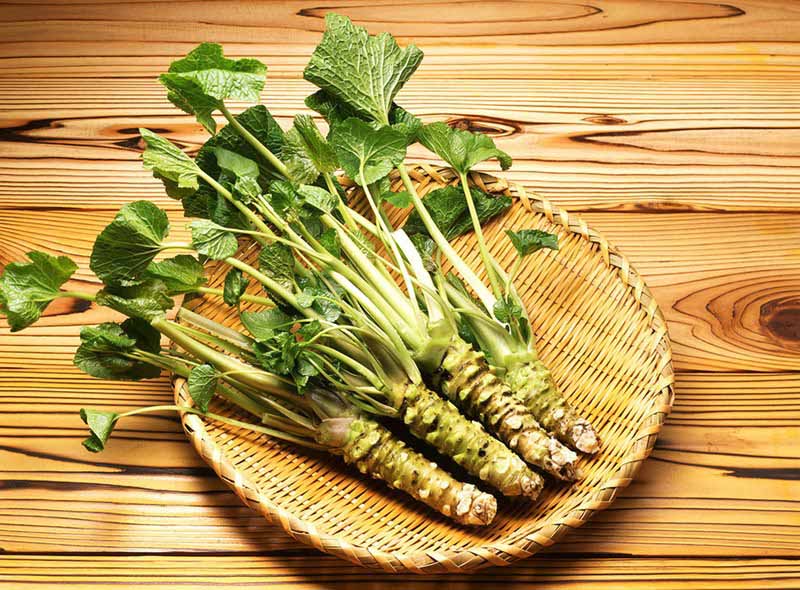
6. Kyuri
One of the most popular vegetables in Japan in summer is Kyuri. Compared to cucumbers found in the west, Japanese cucumbers, or Kyuri, are slimmer. Additionally, these cucumbers are consumed unpeeled. A Kyuri features soft, rough green skin with few seeds, juicy meat with a crisp texture, and few seeds.
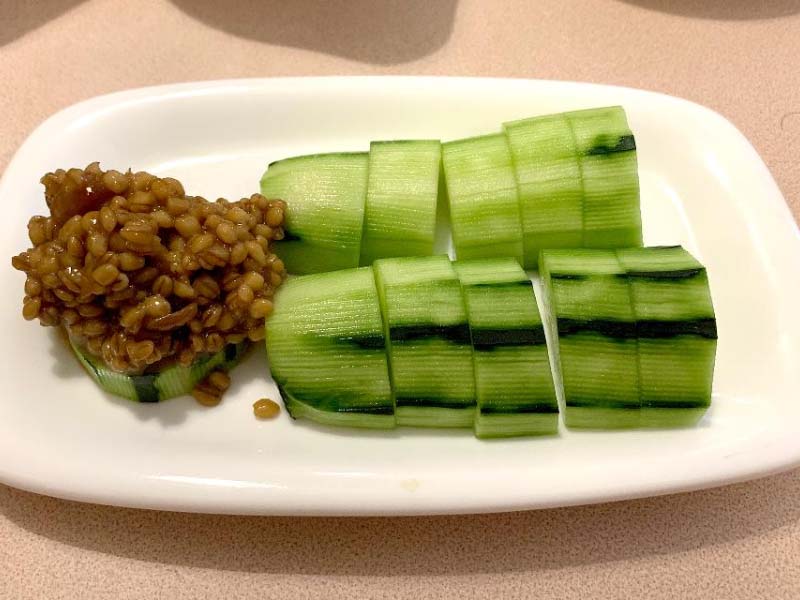
Ingredients like sesame oil, soy sauce, vinegar, and ginger are frequently used to highlight the crispiness and freshness of this vegetable. Japanese cucumbers are frequently pickled or used as a salad garnish.
>>> Read more: Japanese Natto beans – Everything about this Soy superfood
7. Kabu (Tokyo turnip)
Kabu, also known as Tokyo turnip, has a gentle, fresh flavor with nuttiness, sweetness, and earthy undertones. Compared to Western turnips, it has soft, fibrous skin. These little globe-shaped turnips in pastel white have bulbous bottoms and edible raw or cooked greens. There are other kabu kinds with red skin that keep their rich, deep color even after being cooked.
Additionally, you may pickle them and use them as a garnish. Calcium and protein are very abundant in Kabo. Iron, vitamin A, vitamin C, and fiber are also present.
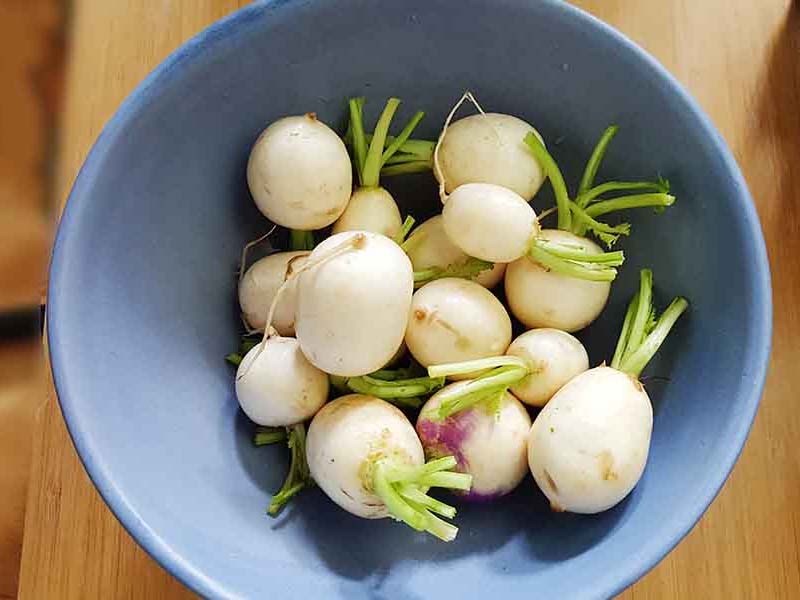
8. Yamaimo ( Japanese mountain yam)
The Japanese vegetables Yamaimo, also known as Jinenjo, or Japanese mountain yam, is one of the slimiest, slipperiest foods on our list (the botanical name is Dioscorea japonica). The yamaimo and its closely related nagaimo, also known as the Chinese yam (Dioscorea polystachya), can also be cooked, but in Japan, they are often consumed raw after being finely julienned or grated.
Summertime is a great time to enjoy the cold, slippery texture since it helps food flow down the throat easily. It usually is simple to digest. Grated yamaimo is served with natto or cubed raw tuna, among other ingredients, in hot or cold miso soup, over soba noodles, or Mugimeshi (a rice and barley dish). Convenience shops even sell frozen, prepared-to-eat grated yamaimo or nagaimo.
Cooking benefits from yamaimo’s sticky texture. It contributes to the elastic-yet-airy texture of Karukan, a classic sponge cake-like dessert from Kyushu, and has a comparable impact on okonomiyaki, the well-known savory pancake from Osaka.
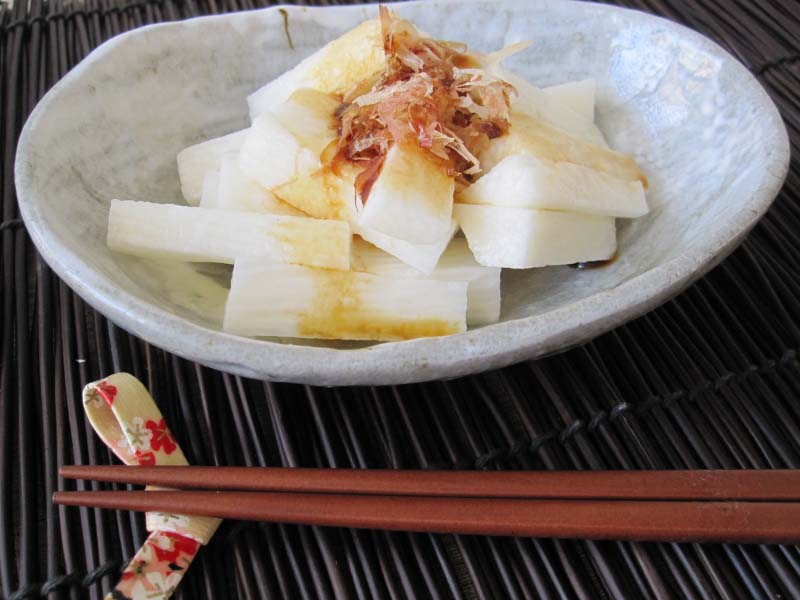
The yamaimo, also known as the “mountain eel,” was regarded as an aphrodisiac during the Edo Period (1603–1868). Men during this time added yamaimo, either grated or cut into slices, to their bathwater in order to increase their virility. The lowly root vegetables are rich in soluble fiber, B vitamins, and minerals, and they are used in various traditional Eastern treatments in dried form. This has been supported by modern investigations.
Along with grated raw yamaimo, it also includes a raw egg yolk and soba noodles, two other hugely popular “health meals” of the era. For anybody seeking an extra injection of energy, day or night, it is an amazing supper. An excellent dipping sauce is essential for bringing all the otherwise dull elements together. It is a cool dinner that is perfect for a hot summer day when served thoroughly cooled.
Yamaimo and nagaimo might cause a minor allergic response in some persons. Use protective gloves or just leave the skin on the section you’re touching if grating a piece makes your skin itch. However, you might wish to avoid both if they cause itching in your lips or tongue.
9. Daikon (Giant white radish)
One of the most consumed and often purchased vegetables in Japan is the daikon, sometimes known as the huge radish. Daikon, which translates to “large root,” accurately describes this white huge radish. This Japanese root vegetable has a milder flavor than some other varieties of radishes and is crisp when fresh and delicate when cooked.
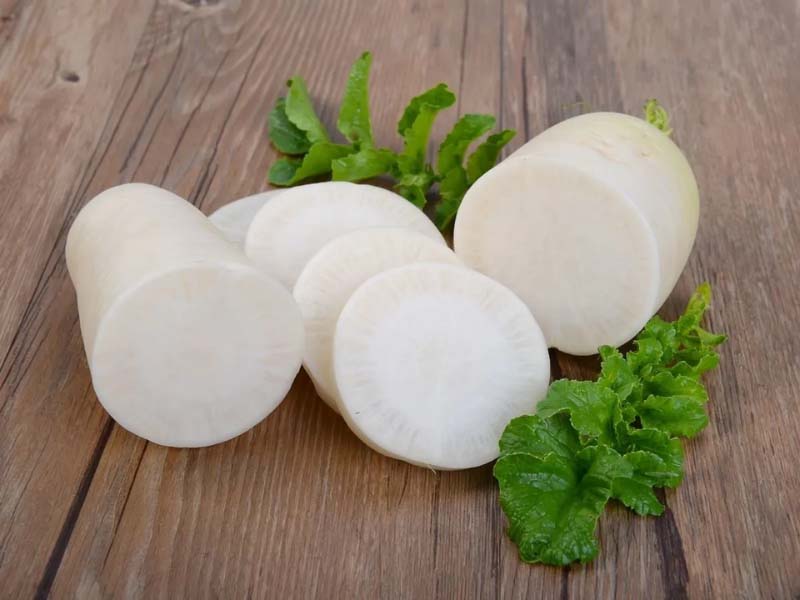
There are many different ways to cook this adaptable Japanese vegetable. It may be prepared in soups or pot meals like oden, or simmered with shellfish. It is known as daikon oroshi when grated raw and is frequently consumed with tempura, grilled fish, and soba or udon noodles. Fiber, folate, riboflavin, potassium, and a number of other vitamins are all found in daikon, which is also a fantastic source of all of these nutrients.
>>Read more: What you should know about the popular Japanese tea types?
10. Maitake Mushrooms (Hen-of-the-woods)
One of the most popular mushrooms consumed there is the maitake, sometimes referred to as the “King of Mushrooms” in Japan. You should add it to soups. It can also be grilled, seared, or simply roasted. It tastes rich, savory, and earthy.
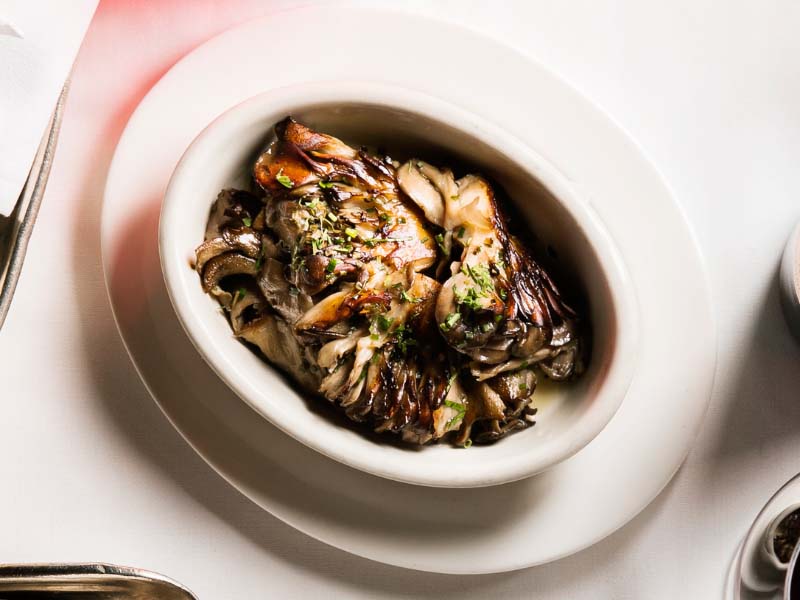
Beta-glucans, antioxidants, vitamins B and C, copper, potassium, minerals, amino acids, and fiber are all abundant in maitake mushrooms. It also helps that these mushrooms are minimal in calories, salt, fat, and cholesterol.
11. Horenso (Japanese spinach)
Horenso, sometimes referred to as Japanese spinach, is yet another common green vegetable in Japan. One of the healthiest and richest in nutrients veggies available. In addition to all of the spinach’s health advantages, it also provides a ton of vitamins, calcium, and iron that boost the immune system.
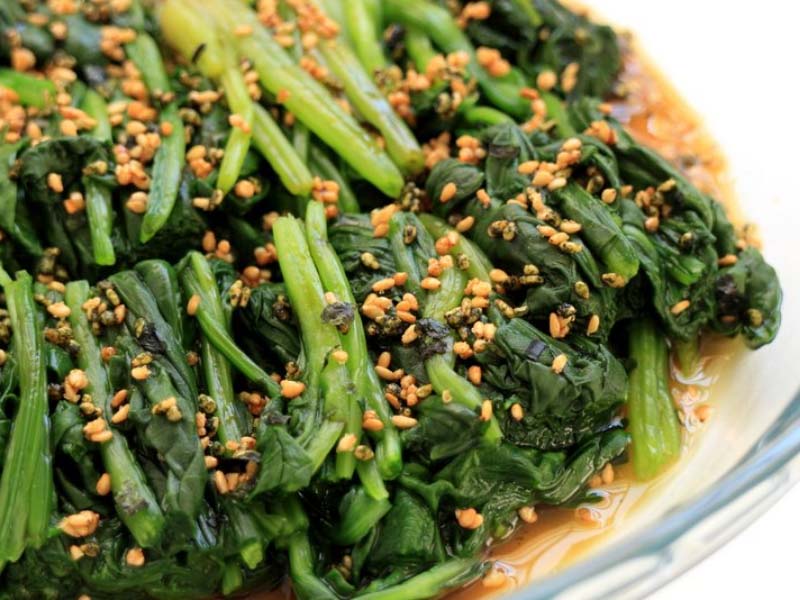
Horenso no Goma-ae, or spinach with sesame dressing, is one of the most well-known Japanese recipes produced using foreign ingredients. Making this dish at home is quite simple. The spinach just has to be blanched before being combined with sweet soy sauce and a dressing with a sesame flavor. Horenso can also be used in soups as a garnish.
12. Komatsuna (Japanese mustard spinach)
Another type of spinach is komatsuna, sometimes referred to as Japanese mustard spinach. The name comes from its flavor, which is delicate and creamy with a taste like mustard. Most of this is produced and eaten in Korea, China, and Japan. As the name implies, it is similar to conventional spinach but has extra vitamins and minerals. The flavor is also relatively distinctive from that of typical spinach. The Japanese mustard spinach has a milder flavor and less bitterness.
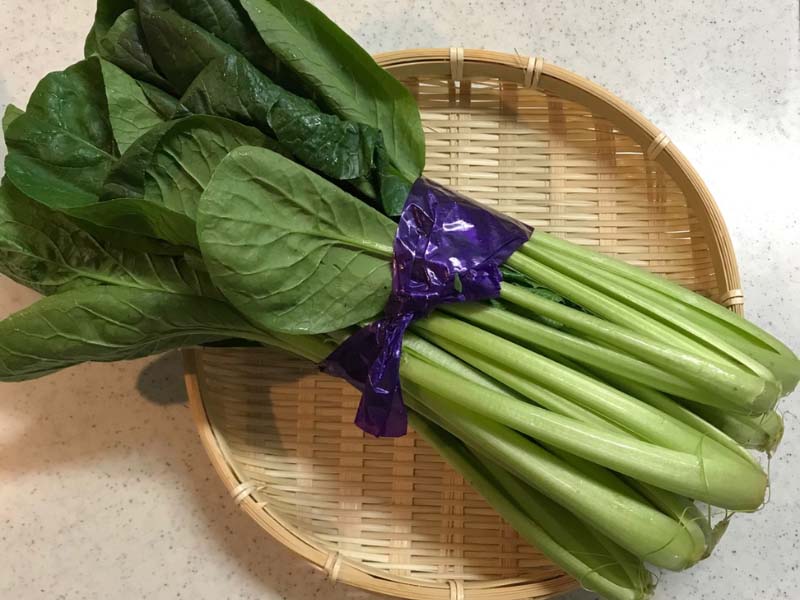
This kind of spinach may be consumed raw or in salads. Additionally, you may boil it and use it in stews and soups. Flavonoids, sulforaphane, indoles, carotene, lutein, and zeaxanthin are all abundant in them. Iron, minerals, fiber, and a variety of vitamins are all abundant in komatsuna.
>>> Read more: Instructions for making Japanese Kinpira Gobo
13. Mizuna (Japanese mustard greens)
Mizuna, sometimes referred to as Japanese mustard or spider mustard, is a fairly common leaf used in salads. It is a native of East Asia and is a leafy green vegetable. It comes in 16 different colors and textures. Mizuna can be used as a garnish or in salads, soups, and Japanese hot pots.
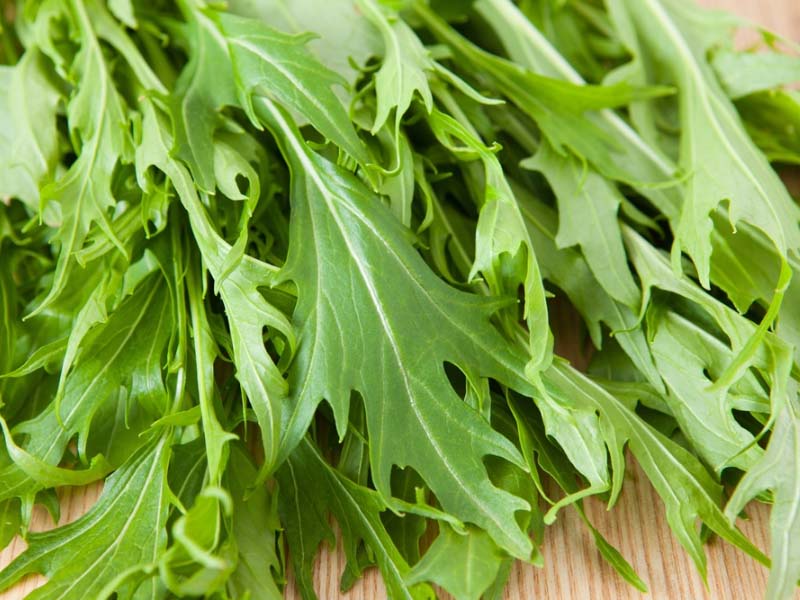
Mizuna is high in vitamins and minerals, such as vitamins A, C, and K, yet low in calories. In addition, it contains a lot of antioxidants, which shield cells from harm. Iron and calcium are also present in Mizuna.
14. Mitsuba (Japanese parsley)
Japanese parsley, or Mitsuba, has a flavor that is quite reminiscent of celery with a tinge of parsley. With its soft leaves and crisp stems, it almost eerily resembles parsley in appearance. It is mostly used as a garnish for sushi and sashimi, as well as in salads and soups.
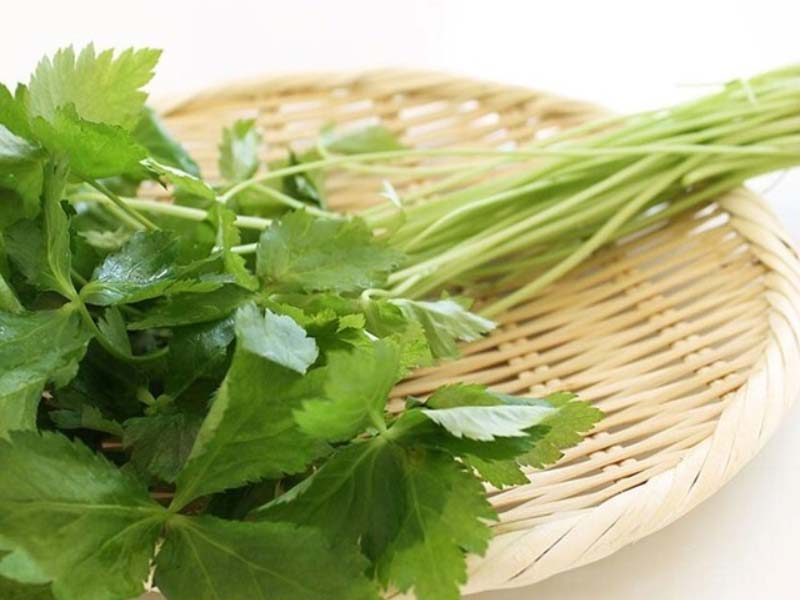
Vitamin K and A are both abundant in Mitsuba. Additionally, it includes minerals including potassium, phosphorus, calcium, and magnesium as well as folate, vitamin C, and biotin.
15. Negi (Japanese long onion)
Negi, one of the most common vegetables in Japan, is frequently confused with the Welsh onion and the leek due to their remarkable resemblances in look and flavor. It can also be referred to as “Shiro Negi” or “naga Negi” in Japanese (white Negi). Negi, sometimes known as Naga Negi, is a leek-like long onion (while smaller varieties of Negi resemble chives).
Negi has a robust texture that can resist prolonged cooking times, despite the fact that they are utilized in the same way. The Kanto (long white stem) and the Kansai are the two popular types (the stem is almost entirely green). Vitamins A, C, and K are present in Negi. It also contains vitamin B6, copper, iron, and calcium.

This large green onion is used to enhance soups, hot pots, and simmered foods. Negi is well renowned for being a popular cold cure, therefore it is particularly well-liked in the winter. In various parts of Japan, there are several variations of Negi. The Kanto variant and the Kansai variety are the two most prevalent.
16. Okura (Okra)
Okura is a well-known summer vegetable in Japan. The meal known as Okura, or Western okra is exceedingly adaptable and may be prepared in a variety of ways. It can be served with soy sauce, boiled or fried, or eaten raw in salads. This vegetable’s seeds are encased in a coating of goo. This aids in creating a consistency that is reminiscent of yam consistency. Okra is high in vitamin A, vitamin C, and folate in addition to its antioxidant content. It really also includes a lectin protein, which may aid in preventing the formation of cancer cells.
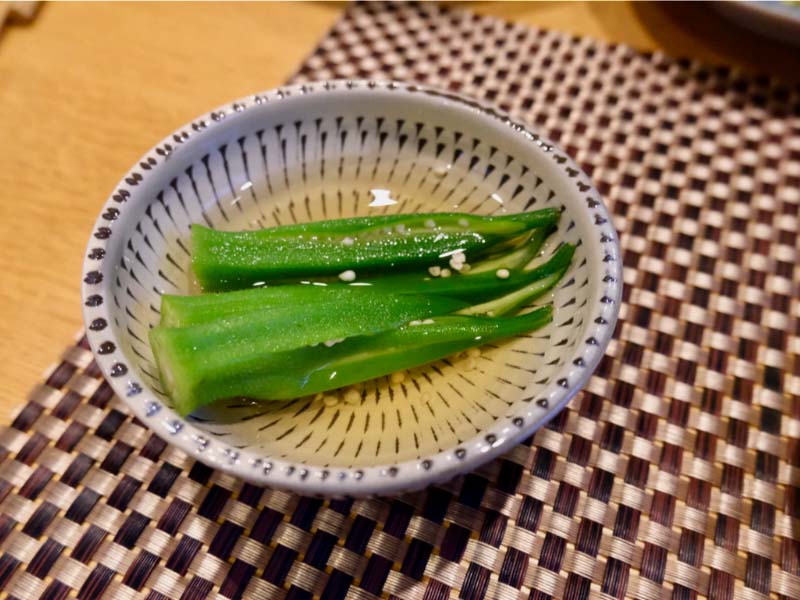
>>> Read more: How to buy from Japan – Janbox proxy shopping service
Conclusion
You shouldn’t pass up these Japanese vegetables if you’re in Japan! Why not give them a try in your cooking if you are fortunate enough to locate them in your area? Even though we’ve included 15+ of the most well-known Japanese veggies, this is by no means an exhaustive list. You can not find the price of vegetables in Japan in this list, however, with such nutritious veggies, the cost problem would be unimportant. As you explore the country’s delectable food, don’t be shocked if you come across even more mouthwatering vegetables.
Website: https://janbox.com
Email: [email protected]

